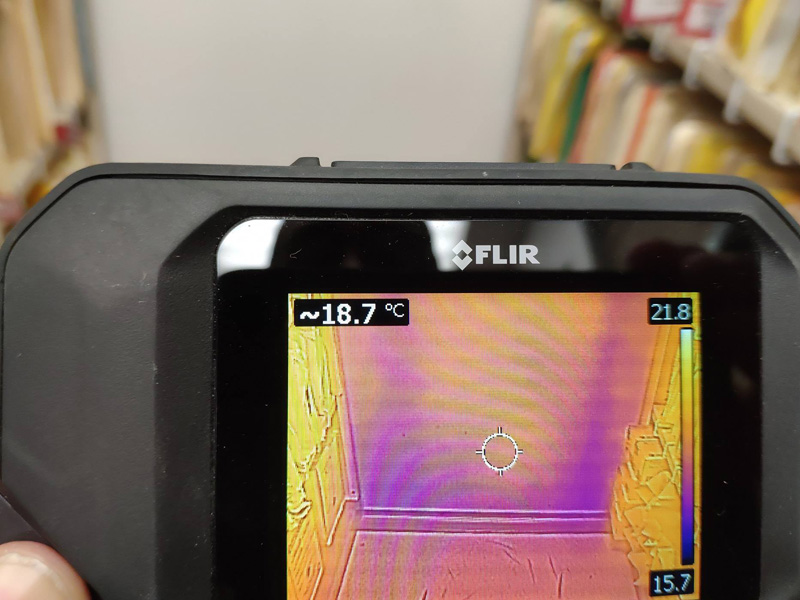A leaky roof can cause significant damage to a building if left untreated. Water damage can affect the structural integrity of the roof, leading to rot, mould growth, and other issues.
Roof leaks can also result in higher energy bills and compromised indoor air quality. Traditional methods of detecting roof leaks can be time-consuming and expensive, and may not always be effective.
However, thermal imaging technology has revolutionized the way roof leaks are detected and repaired. There are many advantages to using thermal cameras for commercial and residential use.
In this article, we will discuss the role of thermal imaging in roof leak detection and how it can benefit property owners.
What is Thermal Imaging?
Thermal imaging is a non-invasive method of detecting temperature variations in objects and surfaces.
It uses infrared technology to detect changes in heat signatures, which are then displayed on a screen as a visual representation of the temperature variations.
This makes it an effective tool for identifying areas of moisture or water damage that are not visible to the naked eye.
The Role of Thermal Imaging in Roof Leak Detection
- Early Detection: Thermal imaging cameras can detect leaks early, before they cause significant damage. This allows property owners to address the problem quickly, preventing costly repairs and downtime.
- Non-invasive: Thermal imaging is a non-invasive method of leak detection that does not require any drilling or other invasive methods. This means that property owners can identify leaks without causing damage to the roof.
- Accuracy: Thermal imaging cameras can detect moisture in areas that may not be visible to the naked eye, making them an effective tool for identifying hidden leaks. This means that property owners can identify and address leaks before they cause significant damage.
- Efficiency: Thermal imaging cameras can detect leaks quickly and accurately, reducing the time required for inspection and diagnosis. This means that property owners can get their roofs back in working order quickly, reducing downtime and lost revenue.
- Cost-effective: By detecting leaks early, thermal imaging can help prevent costly water damage repairs in the future. This means that property owners can save money on repairs and reduce their insurance premiums.
Using Thermal Imaging for Roof Leak Detection
To use thermal imaging for roof leak detection, follow these steps:
- Turn off all heating and cooling systems in the building. This will ensure that the temperature readings on the camera are not affected by outside sources.
- Scan the roof with the camera, paying particular attention to areas where leaks are most likely to occur, such as around skylights, vents, and chimneys.
- Look for temperature variations that indicate the presence of moisture. This may appear as dark spots or areas of the roof that appear colder than the surrounding areas.
- Investigate any areas that show signs of moisture with traditional methods, such as visual inspection or moisture meters, to confirm the presence of a leak.
Conclusion
Thermal imaging is a valuable tool for detecting roof leaks.
By identifying temperature variations that indicate the presence of moisture, it can help property owners identify and address leaks before they cause significant damage.
If you own a building with a flat or low-slope roof, consider using thermal imaging for leak detection to ensure your roof is in good working order and avoid costly repairs in the future.

